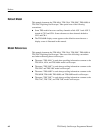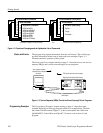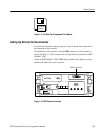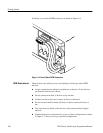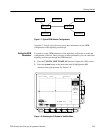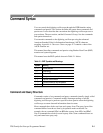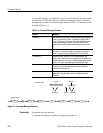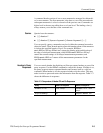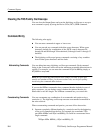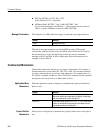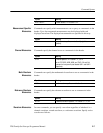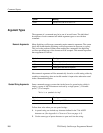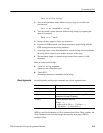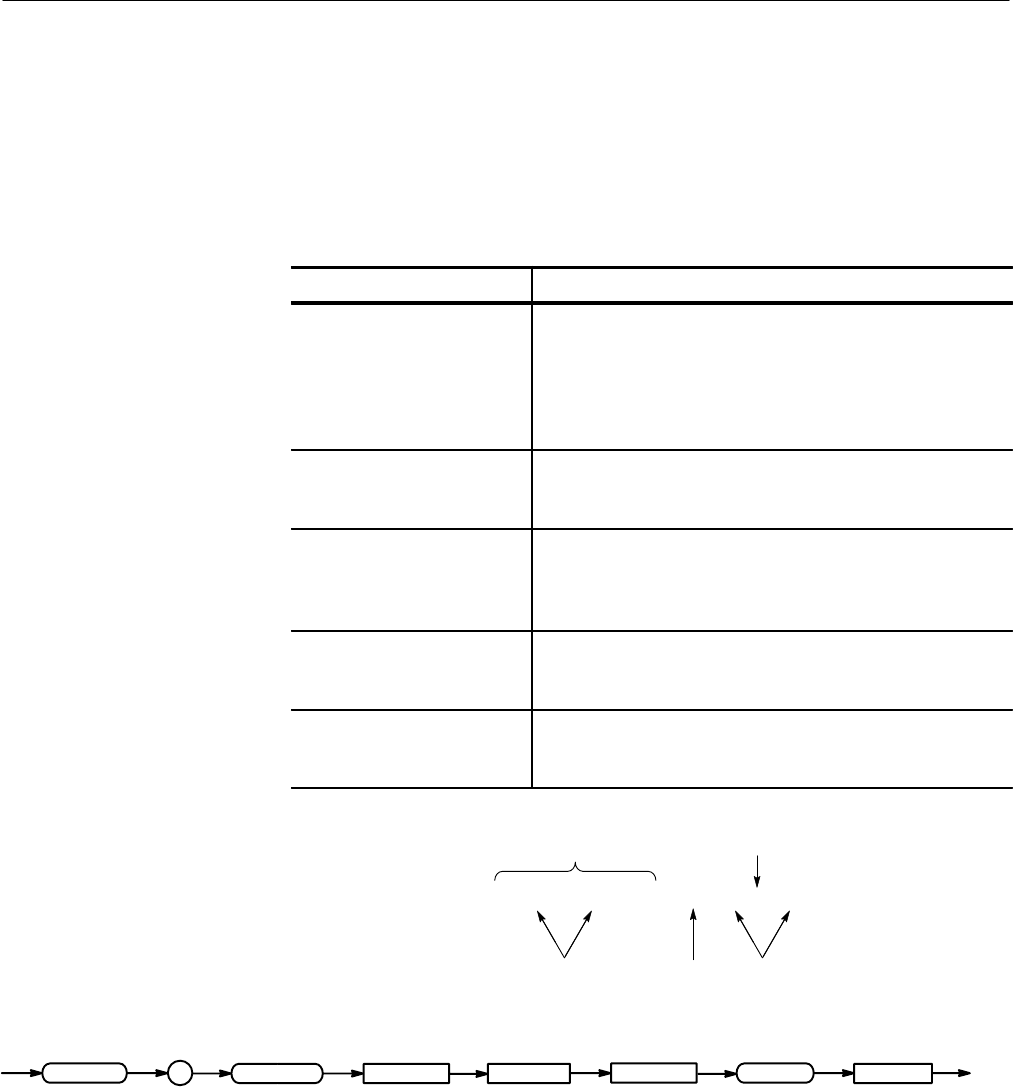
Command Syntax
2–2
TDS Family Oscilloscope Programmer Manual
A command message is a command or query name followed by any information
the digitizing oscilloscope needs to execute the command or query. Command
messages may contain five element types, defined in Table 2–2 and shown in the
example in Figure 2–1.
Table 2–2: Command Message Elements
Symbol Meaning
<Header> The basic command name. If the header ends with a question
mark, the command is a query. The header may begin with a
colon (:) character. If the command is concatenated with other
commands, the beginning colon is required. Never use the
beginning colon with command headers beginning with a star
(*).
<Mnemonic> A header subfunction. Some command headers have only one
mnemonic. If a command header has multiple mnemonics, a
colon (:) character always separates them from each other.
<Argument> A quantity, quality, restriction, or limit associated with the
header. Some commands have no argument while others have
multiple arguments. A <Space> separates arguments from the
header. A <Comma> separates arguments from each other.
<Comma> A single comma between arguments of multiple-argument
commands. It may optionally have white space characters
before and after the comma.
<Space> A white space character between command header and
argument. It may optionally consist of multiple white space
characters.
Comma
SAVe:WAVEform CH1,REF3
Header
Mnemonics
ArgumentsSpace
<wfm>
SAVe :
WAVEform
REF
<x><Space>
<Comma>
Command Parts
Syntax Diagram
Figure 2–1: Command Message Elements
Commands have the structure:
[:]<Header>[<Space><Argument>[<Comma><Argument>]...]
Commands



